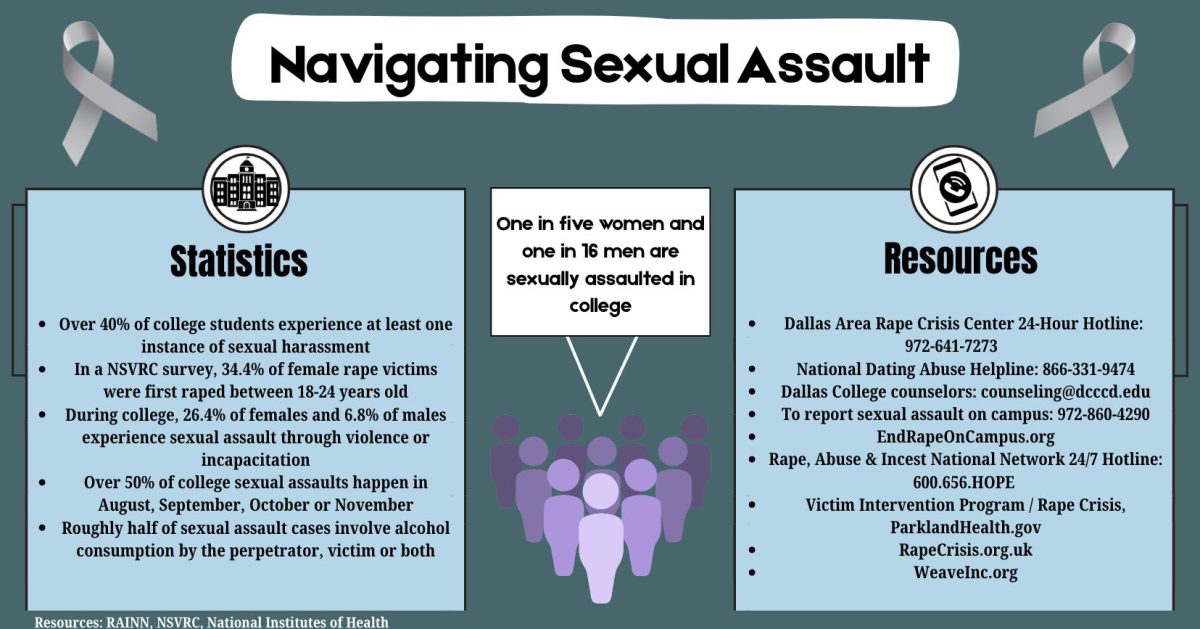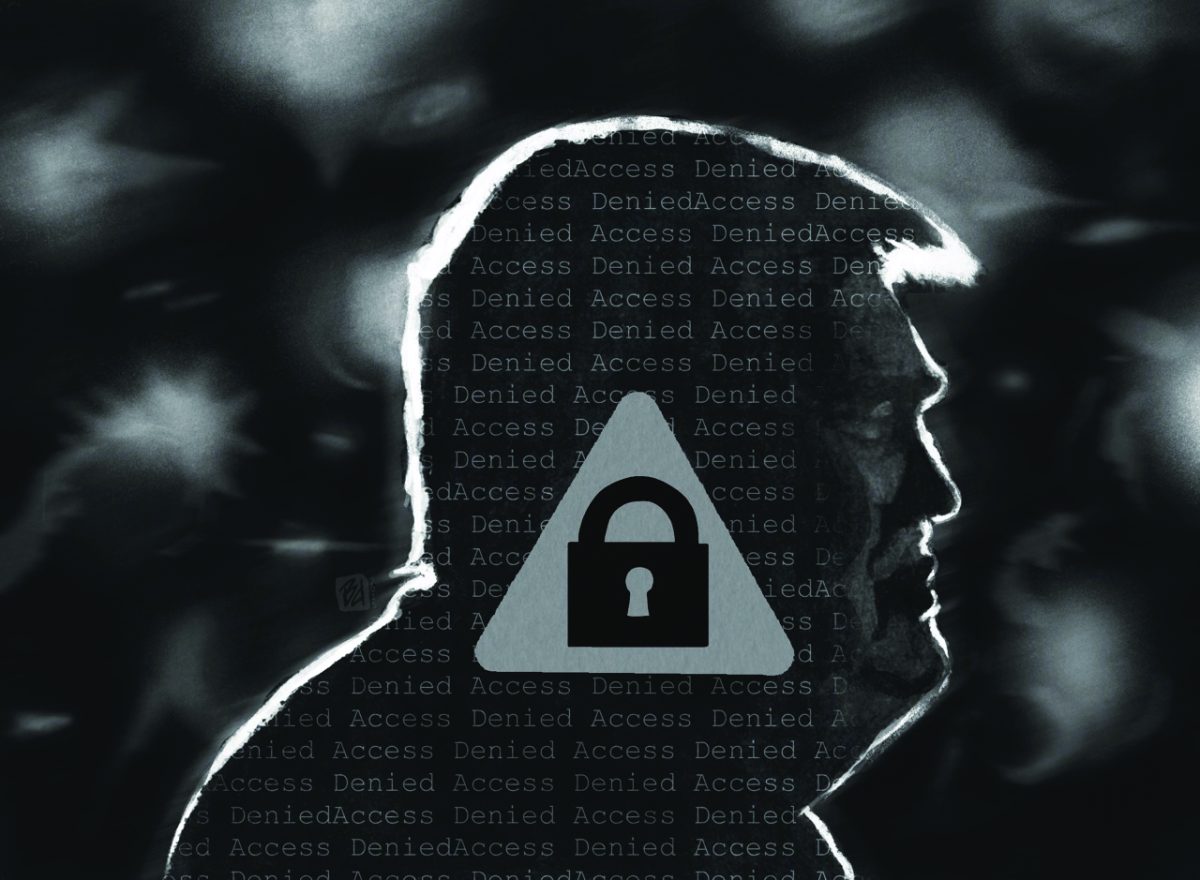Scott Mitchell
A&E/Sports Editor

A new era of warfare is upon us, one fought thousands of miles away from the actual battle zone, using remote-controlled machines to carry out the destructive will of their operators. As it turns out, Americans are wildly supportive of it.
A poll conducted at the beginning of February by the Washington Post and ABC showed that 83 percent of Americans support the use of drones to kill suspected terrorists overseas. The poll also showed that 59 percent are strongly in favor of it, and that the program has bipartisan support; 76 percent of Republicans and 58 percent of Democrats back President Barack Obama’s administration’s drone usage.
This poll follows the recent leak of an official Department of Justice document to NBC News, maliciously named the “kill Americans” memo by the media. The document gives the United States the right to conduct drone strikes on American citizens living outside of the country who are suspected of being actively involved with al-Qaida.
The memo lays out three requirements that must be met before a drone strike may be carried out: “(1) an informed, high-level official of the U.S. government has determined that the targeted individual poses an imminent threat of violent attack against the United States; (2) capture is infeasible, and the United States continues to monitor whether capture becomes feasible; and (3) the operation would be conducted in a manner consistent with applicable law of war principles.”
On the surface, this all seems controlled and developed. The document sets restrictions such as “imminent threat” and only when “capture is infeasible.” Yet when these terms are defined, one can’t help but have the fear of a 1984-esque future. The document defines imminent threat as “the condition that an operational leader present an ‘imminent’ threat of violent attack against the United States does not require the United States to have clear evidence that a specific attack on the U.S. persons and interests will take place in the immediate future.” Apparently, the U.S. Department of Justice defines “imminent” differently than the rest of the world.
The memo goes on to say, “Regarding the feasibility of capture, capture would not be feasible if it could not be physically effectuated during the relevant window of opportunity or if the relevant country were to decline to consent to a capture operation.” This would be analogous to the U.S. government declaring a target is too far away and then sending a drone after them.
Even with this document being leaked and spread across most media outlets, the American public boasts high numbers of support. It is frightening to see the majority support actions that completely bypass the Fourth Amendment of the U.S. Constitution without any congressional or judicial process.
Hina Shamsi, the director of the American Civil Liberties Union’s National Security Project, said shortly after the leak: “It’s hard to believe that it was produced in a democracy built on a system of checks and balances. It summarizes in cold legal terms a stunning overreach of executive authority – the claimed power to declare Americans a threat and kill them far from a recognized battlefield and without any judicial involvement.”
With the advent of drones, even more distance is put between people and battle, deepening the disconnect from the bloodshed.
With the drone program reducing the number of dead American soldiers, it becomes easier for the public to support warfare. As long as the death toll never comes to our doorstep, it is believed there is no drawback. A desensitized public makes it easy for America to continue its warmongering. People are still dying; they just are not on our soil.
America’s primary purpose in national defense should not be to streamline how effectively we can kill suspected enemies. More focus needs to be put on diplomacy and settling a conflict before it ever comes to bloodshed. All war brings is death, whether it’s a human pulling a trigger or a machine firing a missile.






